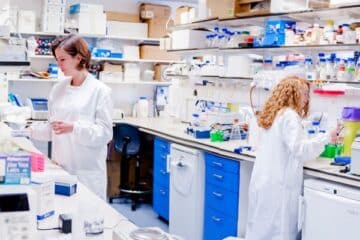How Stem Cells Are Paving the Way for MS Recovery
Stem cells ignite hope for multiple sclerosis (EM) recovery, offering regenerative potential to repair damaged nerve cells and restore neurological function. With ongoing research, the future of MS treatment holds promise as stem cells pave the way for innovative therapies.








